Speech generating devices (SGDs) are a great tool for communication. While “SGD” refers to the physical equipment, “vocabulary” refers to the language program on the SGD. Here are common SGDs and vocabularies we use at Emerge.
Devices
Accent
This device is made by PRC-Saltillo. It comes in an 8, 10 or 14 inch screen. We most commonly use this device if recommending the LAMP or Unity vocabularies. Both LAMP and Unity are available in Spanish and are easy to switch between English and Spanish for bilingual clients.
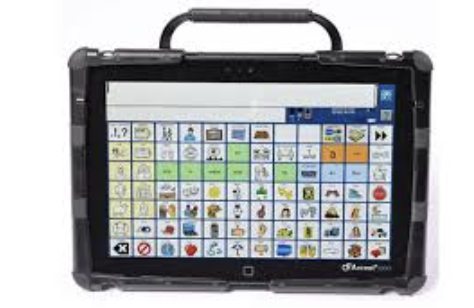
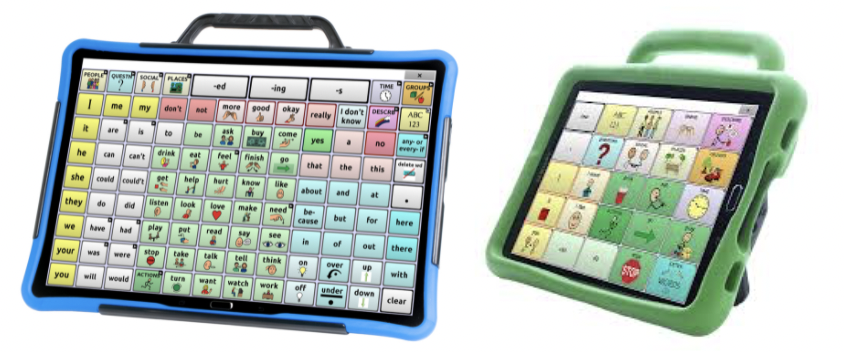
NovaChat
This device is made by PRC-Saltillo. It comes in the classic (left) or active (right) wrap (the kind of case) and comes in 5, 8, 10, or 12 inch screens. The most common vocabularies we recommend on these devices are WordPower and MultiChat 15. Both of these vocabularies are available in Spanish, but are harder to switch between English and Spanish for a bilingual client.
Via Pro
The ViaPro is an iOS based system available in the classic and active wrap (the kind of case). It is the size of a regular iPad. LAMP and WordPower are available on these devices.
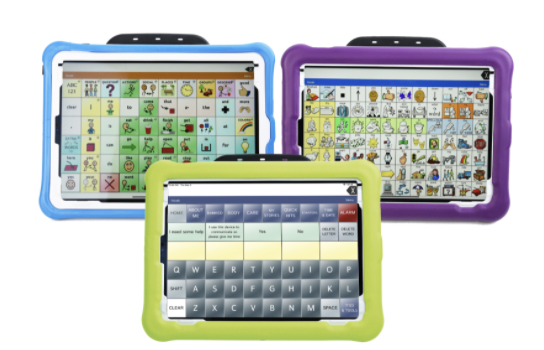
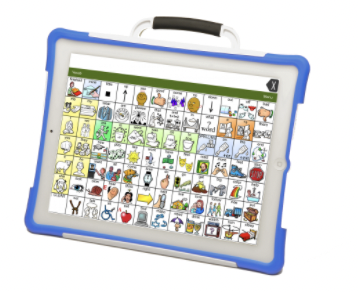
PRio-mini
The PRiO-mini is also an iOS based system, but it’s the size of an iPad mini. It features LAMP vocabulary.
I-110
The I-110 is a SGD from TobiiDynavox. We most commonly use TD Snap on this device.
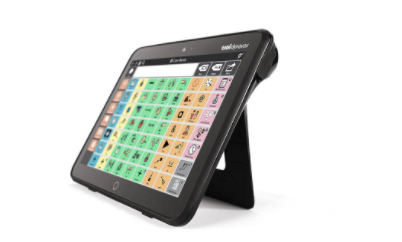
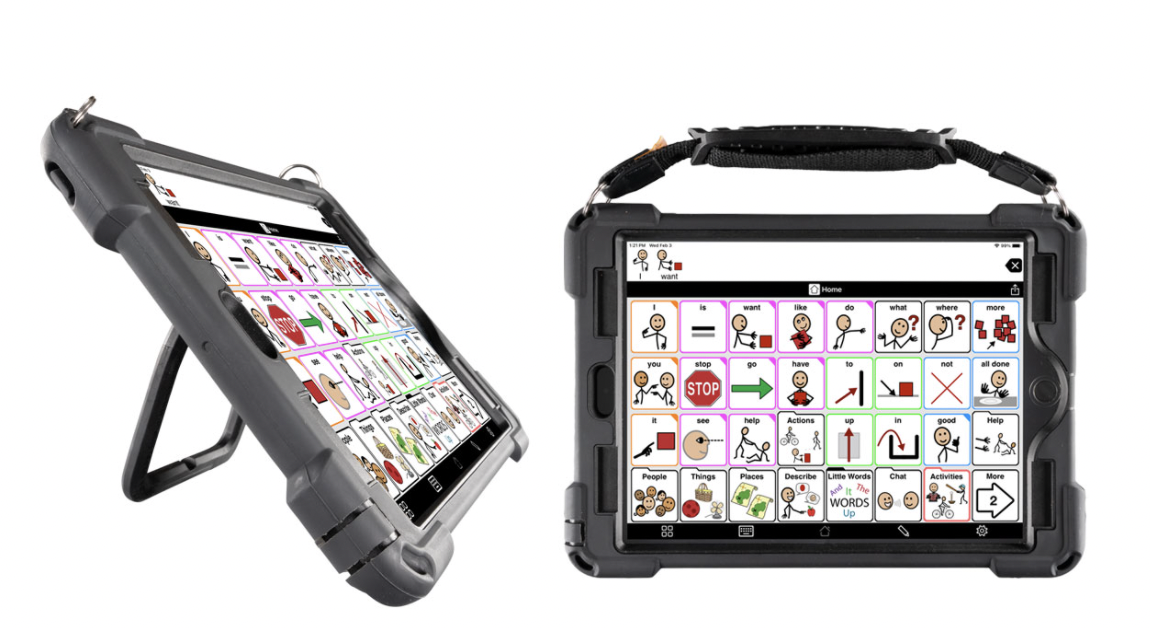
QuickTalker Freestyle
The QuickTalker Freestyle is made by AbleNet. It is also an iOS based system and has the flexibility of having many vocabulary apps available during the trial period. The most common vocabularies we use include LAMP, WordPower, MultiChat 15, and TD Snap. Unity is not available on this device
All of these devices are available to trial before purchasing. Each of them come with a warranty. For clients who have Medicaid or Medicare, the insurance will usually cover the cost of the SGD and will cover the cost of a new SGD after 3 years. Most of the warranties on the SGDs are at least 3 years. They all come with a stander and carrying strap. If you need other hardware (table stand, wheelchair mount, etc), your speech therapist can help you get the equipment funded.
Vocabularies
LAMP
LAMP stands for “language acquisition for motor planning”. It was made for kids with autism in mind, but can be helpful to many other kids. It’s basis in motor planning principles means that the keys are always in the same location to help with efficiency, similar to the way people learn to type.
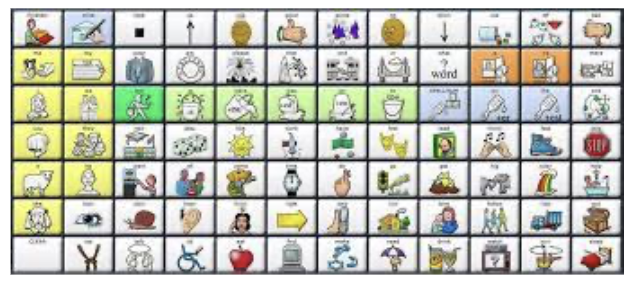
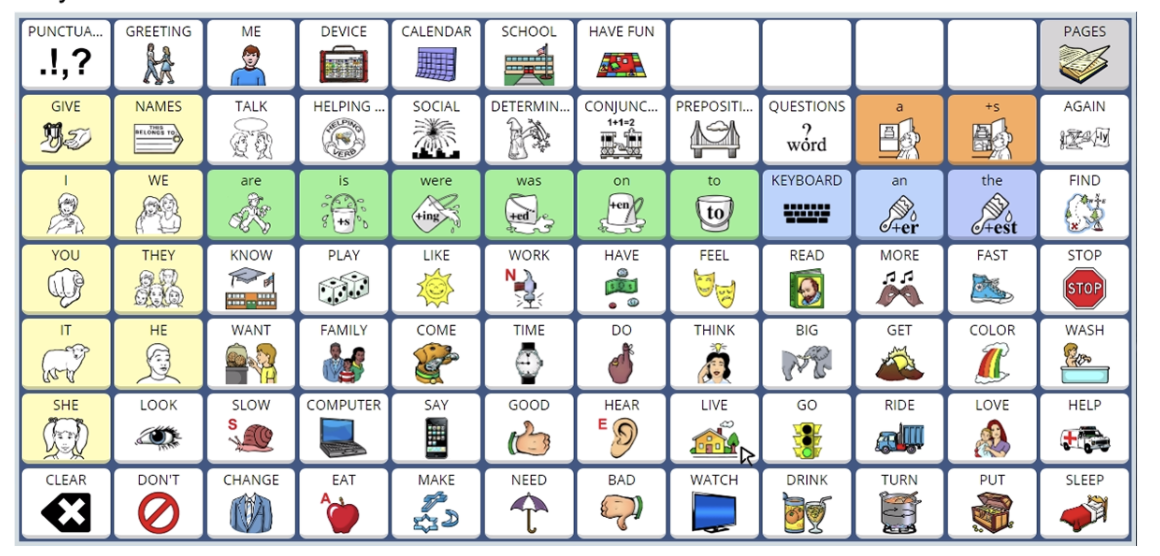
Unity
Unity looks very similar to LAMP. The biggest difference is that Unity has an “activity row” on the top, which will change rather than opening up a new page, depending on what key you activate.
WordPower
WordPower is more categorically based, which tends to make it easier for adults to navigate. It also tends to be predictive by pulling up words that it thinks the user may use next. For example, if “eat” is activated, it will open up a page of foods.
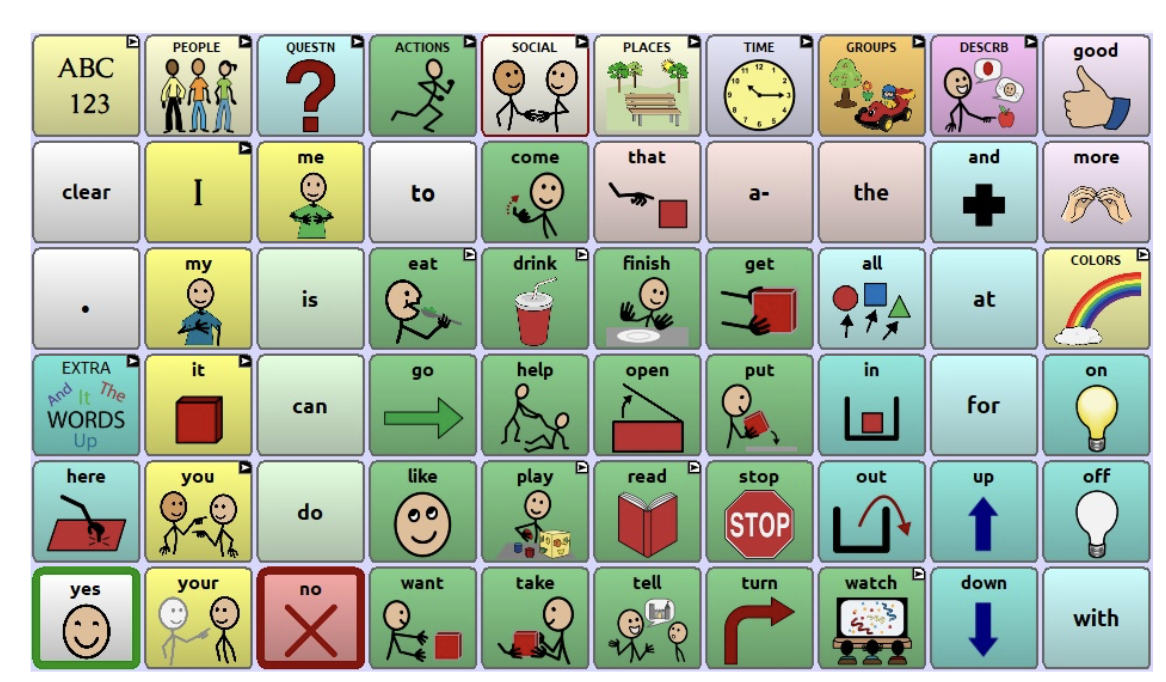

MultiChat 15
MultiChat 15 tends to be more phrase based. It can be helpful for clients with severe motor delays to say things quicker rather than building a sentence word by word, but it can in some ways also be limiting because it heavily relies on preset phrases rather than being able to generate new phrases.
TD Snap
TD Snap is very similar to WordPower in that it is categorical and predictive.
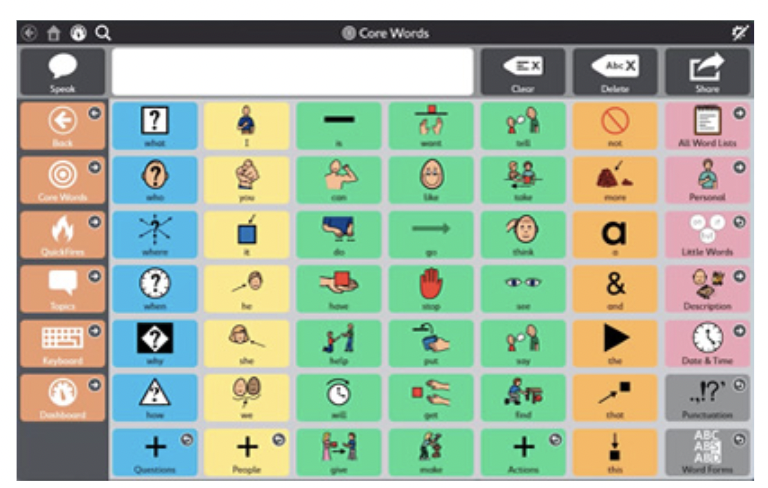
All of these vocabularies can be customized and scaffolded to meet the needs of the client. All of these have a section with phrases you can edit with personal information like “My name is…”, “I am __ years old”, etc. Most clients find it motivating to use the device when they get to talk about themselves or their favorite things. Your speech therapist can also help you to simplify the vocabulary or expand it based on the client’s needs by masking (turning off or hiding words from a page) or using a different vocabulary size (for most of these vocabularies you can change the amount of words on a page). For adults or children who can spell, some of these vocabularies also have keyboards available to type words or phrases.
